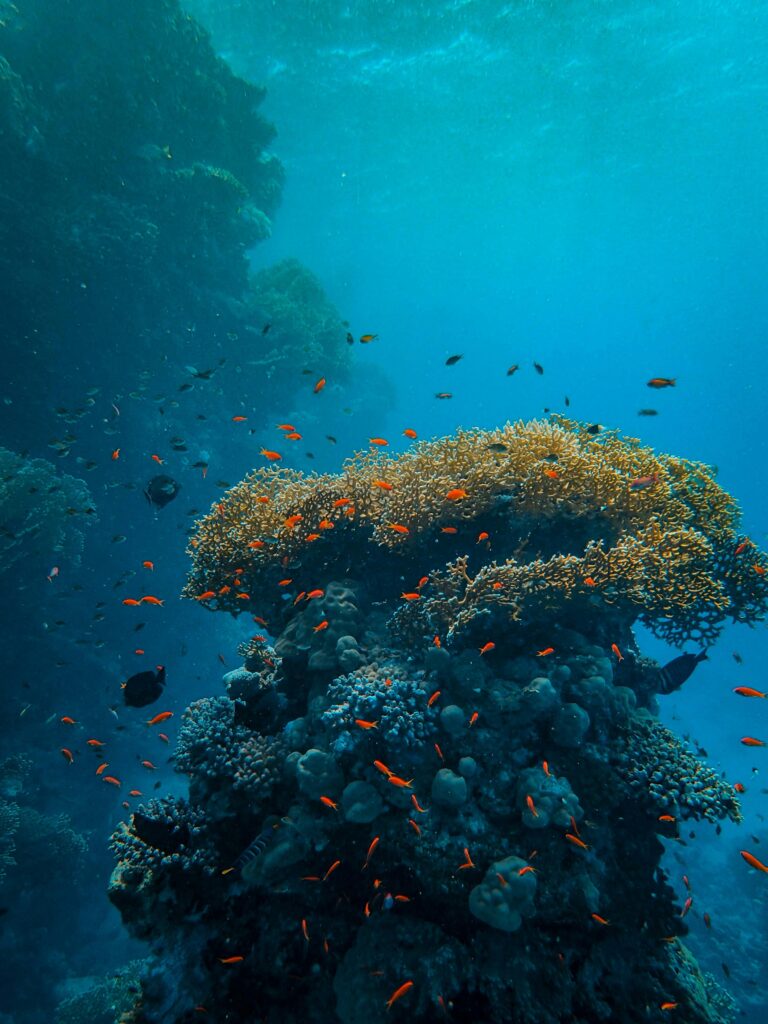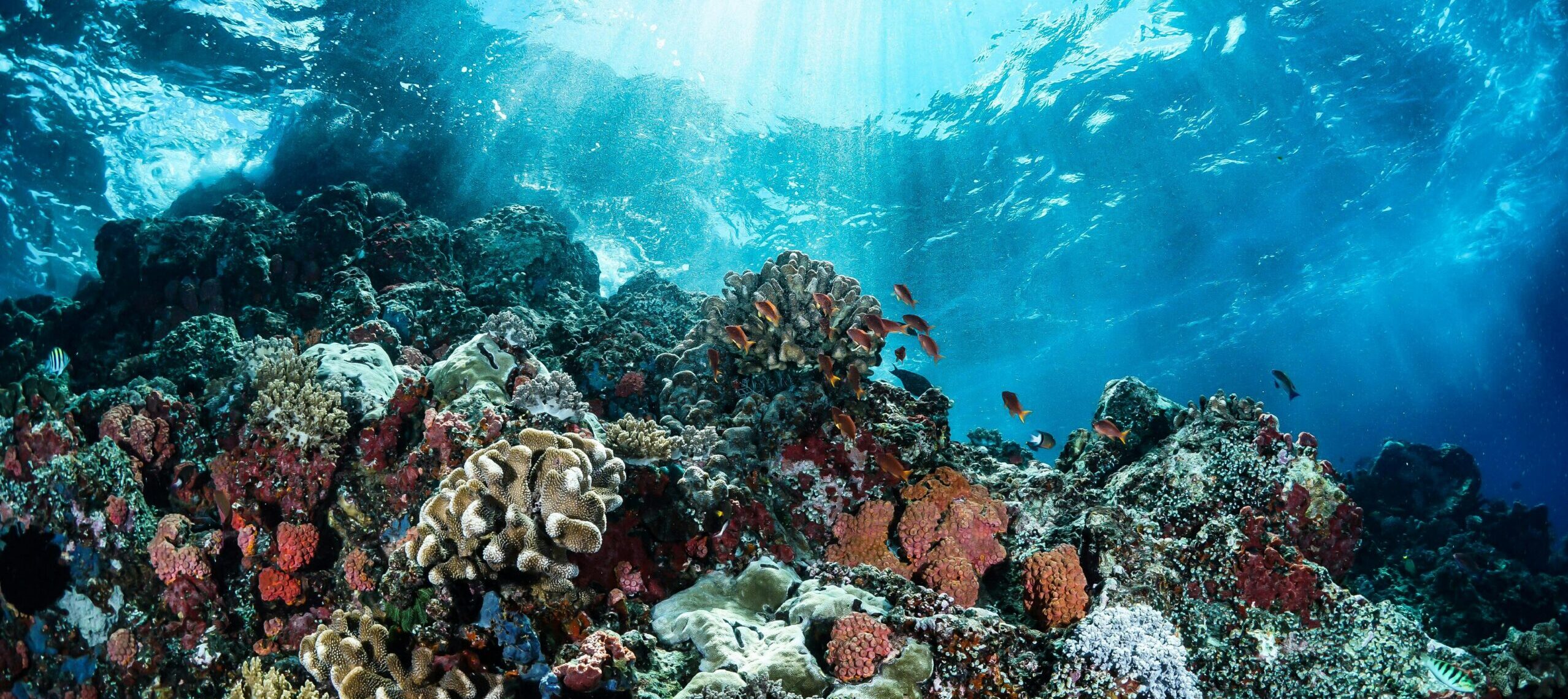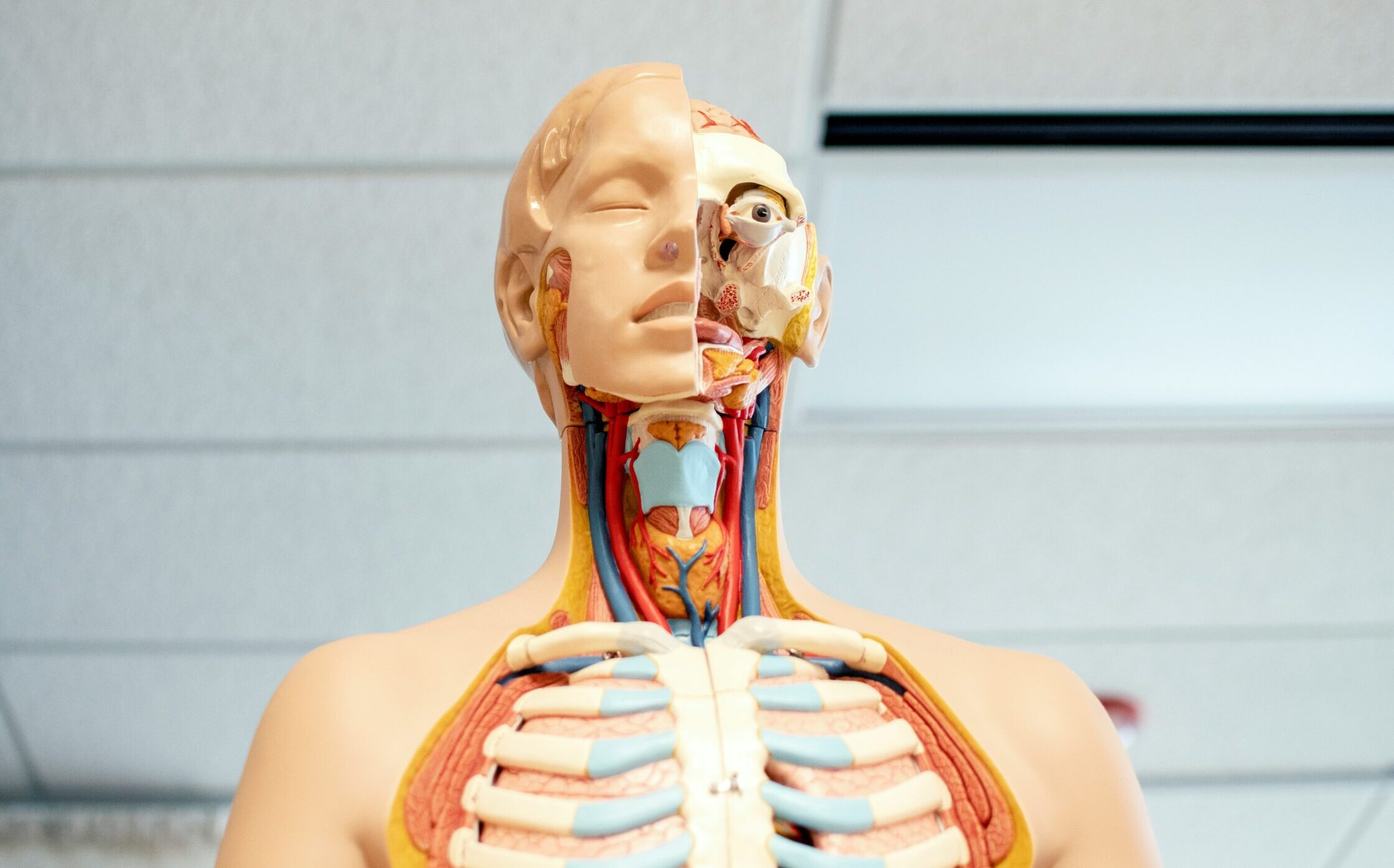the Great Barrier Reef, expanded with even more granular details and recent research findings. It’s structured to provide a comprehensive, almost encyclopedic dive into the subject, Spanning over 2,300 kilometers (1,429 miles) along Queensland’s northeastern coast in Australia, the Great Barrier Reef is Earth’s largest coral reef system, encompassing 2,911 individual reefs and 917 islands. This labyrinth of limestone, visible from low Earth orbit, is a UNESCO World Heritage Site, inscribed in 1981 for its “outstanding universal value.” Built by calcium carbonate secretions from coral polyps over millions of years, it harbors a biodiversity hotspot rivaling tropical rainforests. Yet, beneath its kaleidoscopic surface, the reef teeters on the edge of ecological collapse due to climate change, predation, and human pressures. This article delves into its formation, structure, inhabitants, significance, threats, and conservation efforts, weaving in the tiniest details and latest research.
Geological Formation and Physical Structure
The Architects: Coral Polyps
The reef’s foundation rests on coral polyps—minute, cylindrical invertebrates of the phylum Cnidaria, typically 1–3 millimeters wide. Each polyp, resembling a tiny sea anemone, has a soft body with a mouth ringed by nematocyst-laden tentacles for feeding and defense. These creatures secrete calcium carbonate (CaCO₃) at rates of 1–20 grams per square meter daily, forming protective skeletons. Over generations, these exoskeletons fuse into colonies—some staghorn corals grow 10–20 centimeters (3.9–7.9 inches) yearly—building the reef’s framework. Geological records trace its origins to the Miocene epoch, 20 million years ago, when tectonic shifts created shallow seas. The current structure solidified 6,000–8,000 years ago as post-glacial sea levels rose 120 meters (394 feet), submerging the continental shelf and enabling coral colonization.
Structural Diversity
The reef’s architecture is a patchwork of microhabitats. Fringing reefs, averaging 50–150 meters (164–492 feet) wide, hug coastal edges; barrier reefs, up to 2 kilometers (1.2 miles) thick, form outer ramparts; ribbon reefs, narrow and sinuous, stretch 25 kilometers (15.5 miles) long; and patch reefs, 10–50 meters (33–164 feet) across, dot lagoons. Depths vary from 1 meter (3.3 feet) in sun-drenched shallows to 2,100 meters (6,890 feet) in the Coral Sea’s abyss. Water temperatures range from 22.8°C (73°F) in winter to 29.4°C (85°F) in summer, with salinity at 35 parts per thousand—optimal for coral calcification. Tides fluctuate 1–3 meters (3.3–9.8 feet) daily, exposing cays like Green Island, a 12-hectare (30-acre) speck hosting 126 plant species.
Biodiversity: A Teeming Microcosm
Coral Varieties
Over 411 hard coral species thrive here, identified by the Australian Institute of Marine Science (AIMS) in 2023. Staghorn corals (Acropora cervicornis) branch like antlers, growing 10–15 centimeters (3.9–5.9 inches) annually, while brain corals (Lobophyllia hemprichii) form 1-meter-wide (3.3 feet) domes with 2-centimeter-deep (0.8-inch) grooves. Soft corals—sea whips (Junceella fragilis) and fans (Gorgonia ventalina)—number 150 species, swaying in currents at 0.1–0.5 meters per second. Zooxanthellae (Symbiodinium spp.), microscopic algae in coral tissues, photosynthesize at 200 micromoles of photons per square meter per second, producing 90% of coral energy and vivid hues—purples from phycoerythrin, yellows from carotenoids.
Marine Fauna
The reef sustains 1,625 fish species (AIMS, 2024 census). Clownfish (Amphiprioninae), 8–12 centimeters (3.1–4.7 inches) long, dart among anemones’ 10-centimeter (3.9-inch) tentacles; parrotfish (Scaridae), with 5-millimeter-thick (0.2-inch) beaks, grind 5 kilograms (11 pounds) of coral yearly, excreting fine sand. Reef sharks—blacktips (Carcharhinus melanopterus)—patrol at 1.5 meters per second, their 1-meter (3.3-foot) bodies hunting nocturnally. Mollusks (4,132 species) include 30-centimeter (11.8-inch) giant clams (Tridacna gigas) and 2-centimeter (0.8-inch) nudibranchs (Chromodoris spp.) with toxic cerata. Sponges (1,523 species) range from 5-centimeter (2-inch) barrel sponges (Xestospongia testudinaria) to 1-meter (3.3-foot) vase sponges (Callyspongia vaginalis). Six sea turtle species—green turtles (Chelonia mydas) weigh 150 kilograms (330 pounds)—lay 100-egg clutches on beaches. Dugongs (Dugong dugon), 3 meters (9.8 feet) long, graze 40 kilograms (88 pounds) of seagrass daily. Humpback whales (Megaptera novaeangliae), 15 meters (49 feet), migrate 5,000 kilometers (3,107 miles) through, while 215 bird species—white-bellied sea eagles (Haliaeetus leucogaster) with 2-meter (6.6-foot) wingspans—nest on cays.
Microbial Underworld
A 2024 study in Nature Microbiology mapped 3 million microbial genomes per square centimeter of coral surface. Bacteria like Vibrio coralliilyticus (1 micrometer long) degrade mucus at 10 micrometers per second, while Pseudoalteromonas spp. secrete antibiotics, curbing pathogens. These biofilms, 0.1–1 millimeter thick, cycle nitrogen at 50 micrograms per square meter daily.
Ecological and Cultural Roles
Oceanic Engine
The reef’s larvae—1-millimeter-long coral planulae—disperse on 0.2-meter-per-second currents, reseeding fisheries 1,000 kilometers (621 miles) away. A 2023 Global Biogeochemical Cycles report estimates it supports 10% of global fish biomass indirectly. Its 348,000 square kilometers (134,363 square miles) buffer Queensland’s coast, reducing wave heights by 50% during storms.
Human Ties
Tourism—1.9 million visitors in 2024—nets AUD $6.4 billion yearly, per Tourism Australia, with 64,000 jobs tied to dive boats (10-meter vessels) and glass-bottom tours. Indigenous groups, like the Kuku Yalanji, fish its 70-kilometer (43-mile) coastal fringe, their middens revealing 60,000-year-old oyster shells (Saccostrea glomerata), 5 centimeters (2 inches) wide.
Threats: A Detailed Assault
Climate-Induced Collapse
Sea temperatures rose 0.44°C (0.79°F) from 1900–2024 (NOAA data), with peaks—31°C (88°F) in February 2024—triggering bleaching. AIMS recorded 57% coral mortality post-2024 event, with Acropora colonies losing 80% cover. Acidification (pH dropped from 8.2 to 8.07 since 1850) dissolves CaCO₃ at 0.1 milligrams per square centimeter daily, per a 2023 Science study.
Predators and Storms
Crown-of-thorns starfish (Acanthaster planci), 40 centimeters (15.7 inches) wide, eat 13 square meters (140 square feet) of coral yearly during outbreaks—2023 saw 1.2 million culled. Cyclones, like Ita (2014), with 250-kilometer-per-hour (155 mph) winds, pulverized 300 kilometers (186 miles) of reef, reducing coral to 10-centimeter (3.9-inch) rubble piles.
Human Footprint
Runoff—1.8 million tons of sediment yearly (Queensland Government, 2024)—clouds water, cutting light by 30%. Illegal fishing nets 3,000 tons of sea cucumbers (Holothuria scabra), 20 centimeters (7.9 inches) long, annually. Microplastics, 0.5 millimeters wide, coat 20% of corals (2024 Marine Pollution Bulletin).
Conservation: Micro-Scale Solutions
Restoration Tactics
AIMS’s 2024 trials grew heat-tolerant Porites lutea (1-centimeter fragments) at 5 millimeters monthly, replanting 50,000 colonies. Robots inject starfish with 10 milliliters of bile salts, killing 95% within 48 hours. Cloud brightening, tested in 2023, sprayed 1-micrometer salt particles, cooling 1 square kilometer by 0.5°C (0.9°F).

Policy and Progress
Queensland cut nitrogen runoff by 40% since 2015, dropping algae blooms by 25%. UNESCO’s 2024 review noted 30% recovery in northern reefs but warned of 70% loss by 2050 without global CO2 cuts.
The Great Barrier Reef is a symphony of minutiae—polyps stacking 1-millimeter skeletons, fish flicking 5-centimeter tails, microbes cycling 50-microgram nutrients. Research unveils its complexity, yet its survival hinges on reversing a 0.44°C warming trend and a 1.8-million-ton sediment load. A marvel of 20 million years, it demands meticulous protection to endure.















